Helsinki’s Jewish community gathered outside Finland’s second-oldest building on a bright day in late June. Just across the street from Helsinki’s Presidential Palace, well-wishers from around the world joined in. The path to the building’s elegant entrance was decked in red carpet, and a simple ribbon hung behind the dais where Rebbetzin Ita Wolff spoke. She smiled. This day had been a long time coming.
Built on the site of an old Russian fort, the gleaming stone architecture of 3 Mariankatu St. is simple and elegant. Its walls housed a customs house in 1765, but after two centuries of constant use, the foundation threatened to give way, and cracks in those walls were growing. Luckily for the old stone walls, Rabbi Benyomin and Ita Wolff’s community at Chabad of Finland had run out of space for the sixth time, and saw opportunity behind the cracks.
When the Wolffs first arrived in Finland in 2003, they opened their home to host programming for the Jewish community. “Back then, we’d roll the desk out of the living room before Shabbat to make room for everyone,” Rabbi Wolff recalls. They opened a preschool, operated a summer camp, and hosted countless holiday events and Shabbat meals.
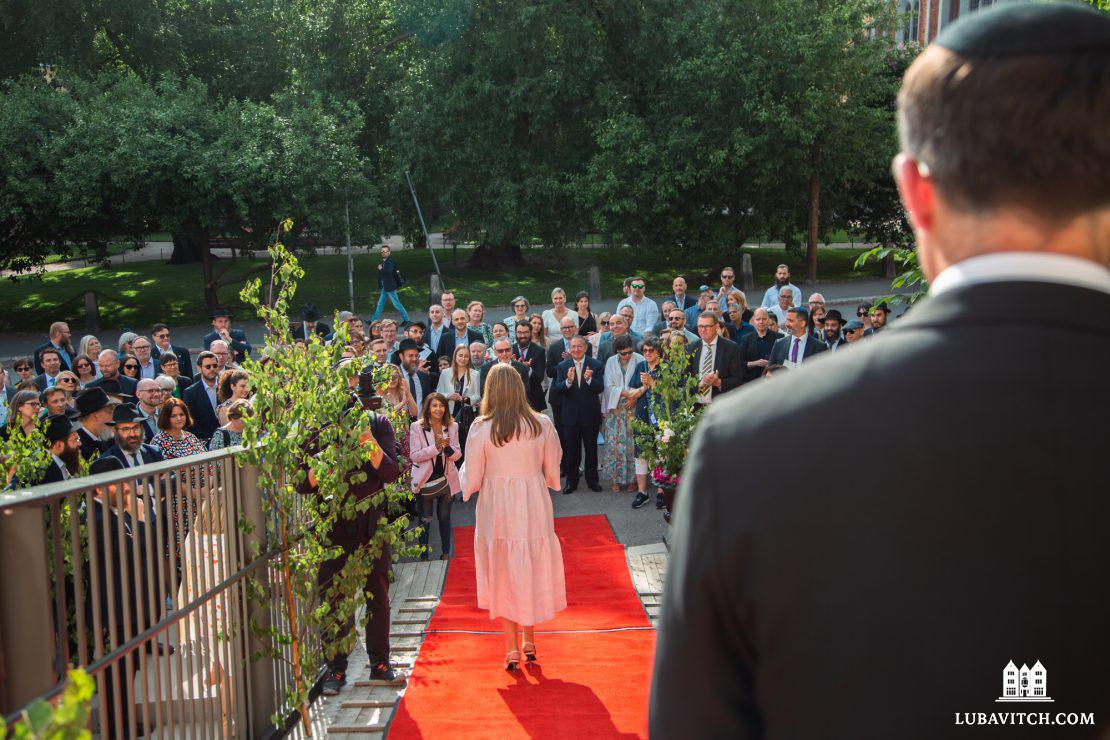
Helsinki’s Jewish community is well-established and boasts a long and unique history. Most families trace their lineage to Cantists, Jewish soldiers forced to serve in the Czar’s army who settled here after their service. But Chabad brought fresh ideas to the 150-year-old community and built a warm home for Jews of all stripes.
By 2015, after two decades of renting various spaces that kept getting too small, Chabad set its sights on a permanent home. “They say, ‘Build, and they will come,’ but the preschoolers of Ganon Chaya, the Hebrew school students, the parents who came to our classes, and the tourists looking for a familiar face, they all came, and we still needed a building,” says Ita Wolff. With maintenance costs skyrocketing for 3 Mariankatu St.’s troubled structure, the City of Helsinki was happy to sell it to Chabad. “The building needed a lot of work, and we signed ourselves up for a big project,” Rabbi Wolff said.
To cover the initial funds necessary to fund the painstaking and expensive renovation process, Rebbetzin Wolff reached out to an old family friend from Bogota, Colombia. Ita grew up in Bogota, where she says she “grew to adore Charlotte Rohr as a grandmother.”
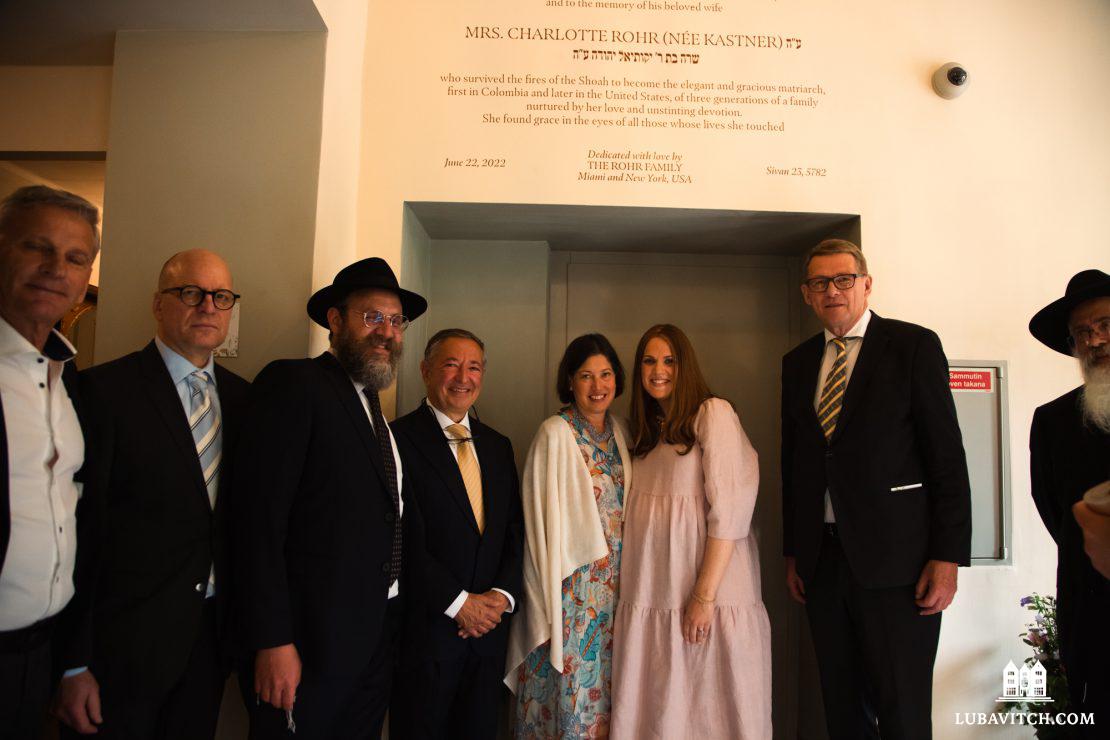
“When my parents moved there as Chabad emissaries from America, it was a foreign culture for them,” Ita says. But Señora Charlotte welcomed them to the community, and on the day Ita was born, she delivered a gift box of clothes for a little girl with a ribbon. All these years later, Charlotte and her husband Sami were the ones who pledged the crucial support that made Chabad of Finland’s new home a reality.
It took half a decade and seven million dollars to fully renovate the new building. But the result is spectacular. The new Chabad center retains its full eighteenth-century splendor. It features a royal dining hall, a commercial kitchen, and a lounge area that feels like home. “People ask me, ‘Do you live here?’” Rabbi Wolff says, “We wanted it to feel very homey and less like an organization.” There’s also a small synagogue, a planned museum of Finland’s Jewish history, office space, and plenty of room for classes and the children of Ganon Chaya.
Standing behind the dais at the ribbon-cutting ceremony on June 23, Rebbetzin Wolff looked out at the crowd of friendly faces Chabad had touched over the years and reflected on how far they’d come together. Sami and Charlotte’s son Mr. George Rohr cut the symbolic ribbon, and a parade of smiling children holding balloons marched happily out the new center’s front door.
Chabad of Finland finally has a permanent home and a bright future.
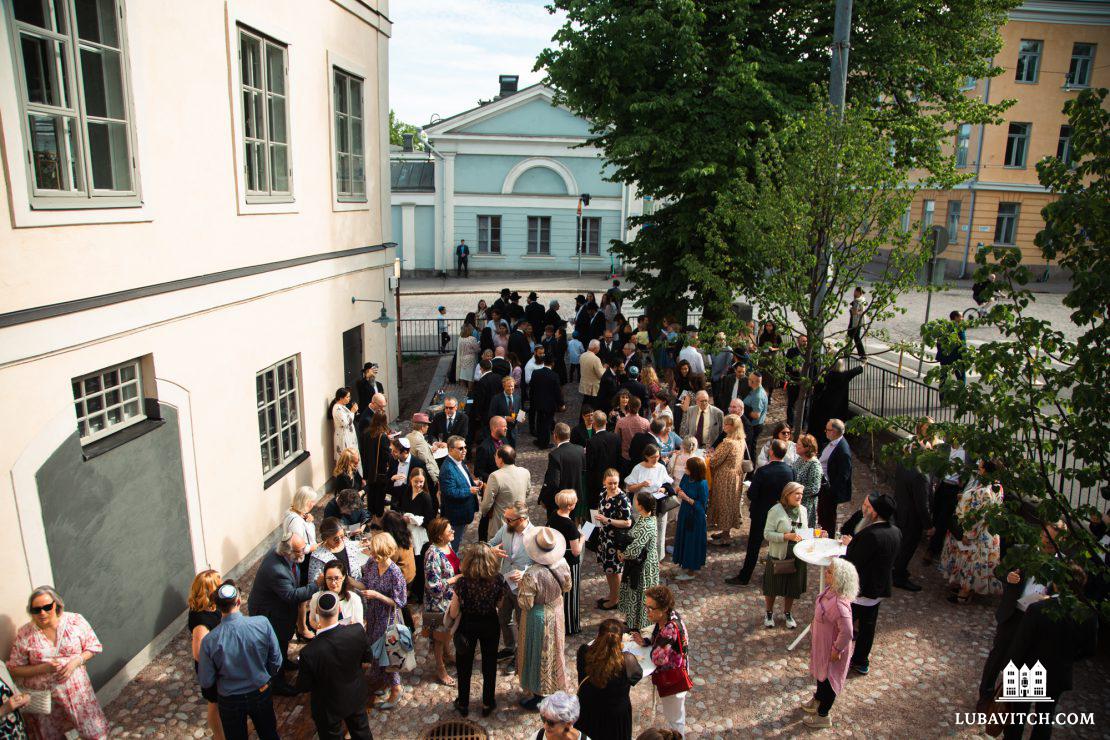
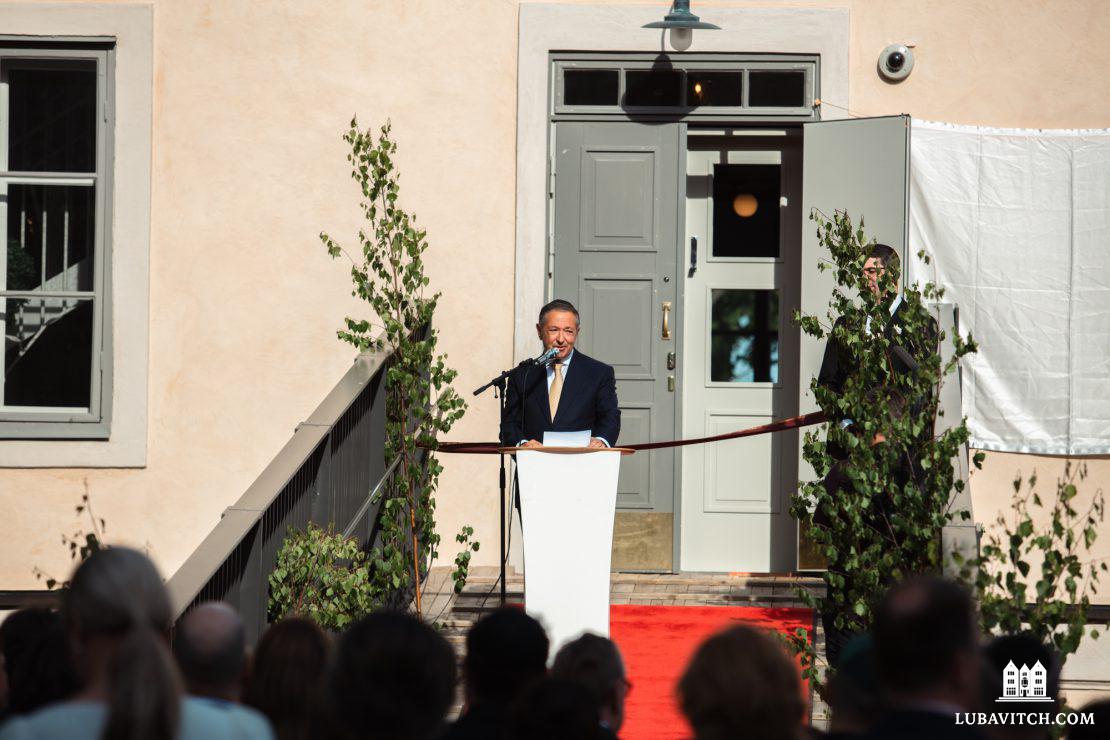
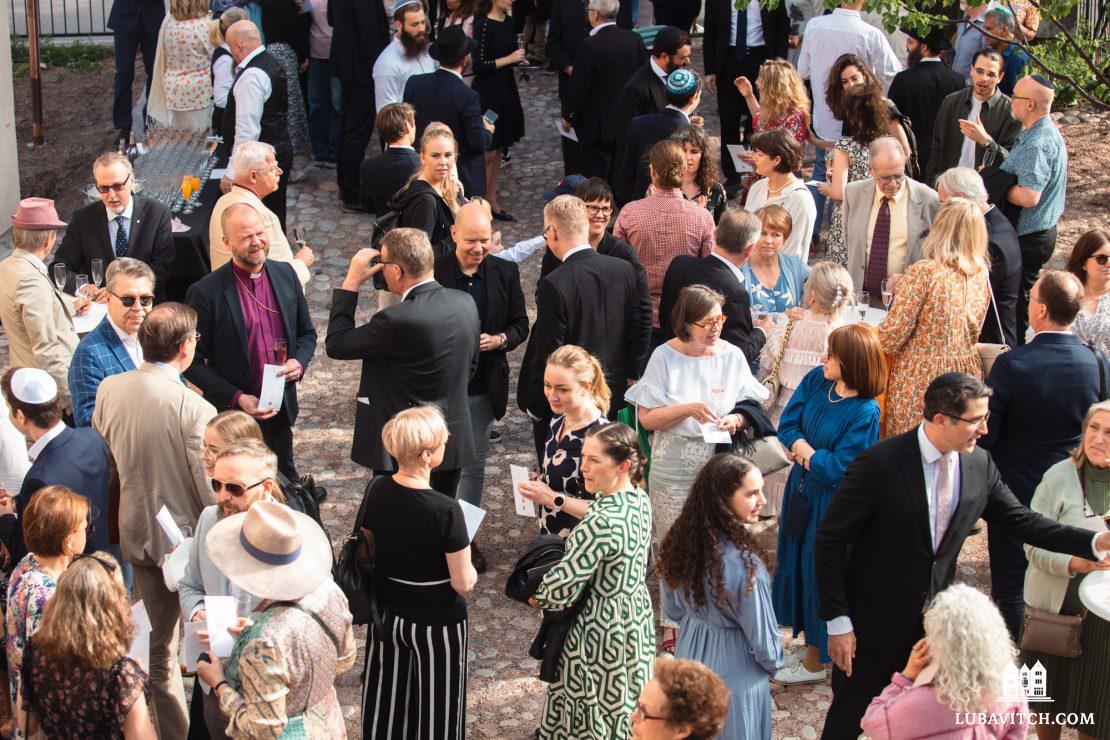
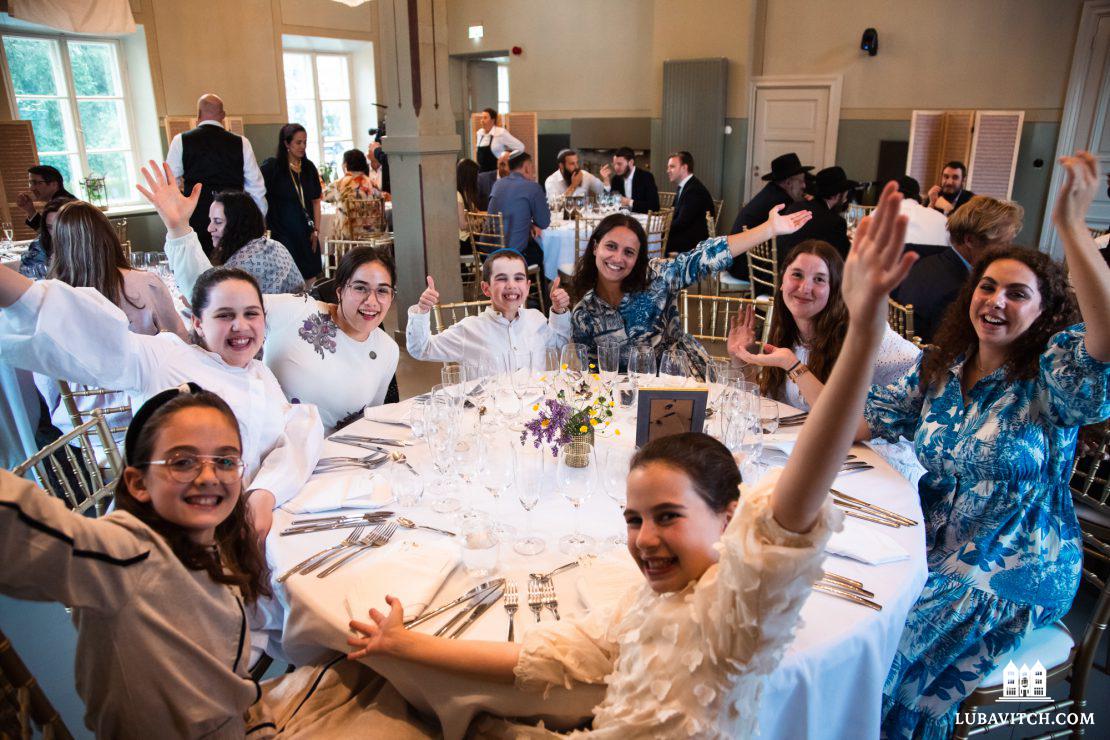
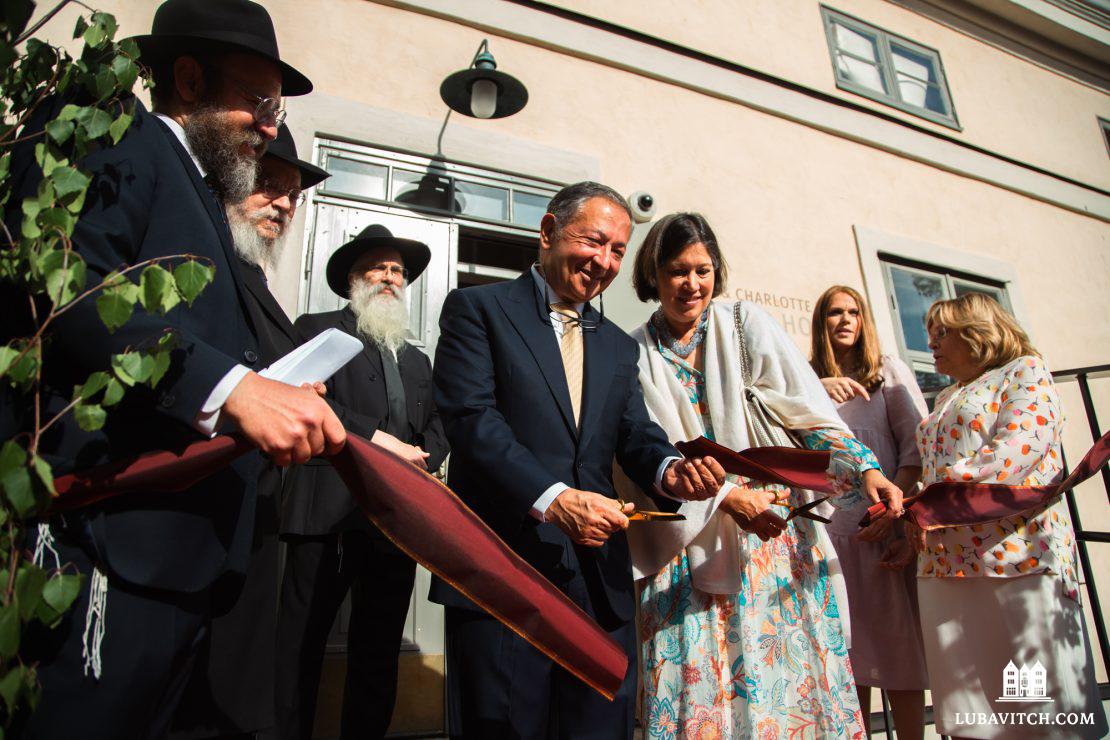
Joseph
Mazal Tov!!!
SP
Mazel tov! :))
(By the way: It is not Finland’s second oldest building. It is the second oldest existing building made of stone in the city of Helsinki. The oldest existing buildings in Finland are from the 13th century.)
Michael
Thanks for clarification. What are the oldest made of ?